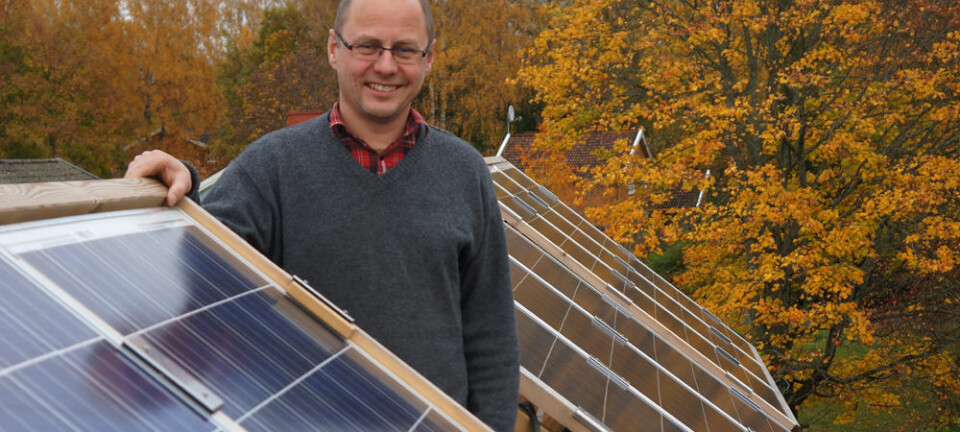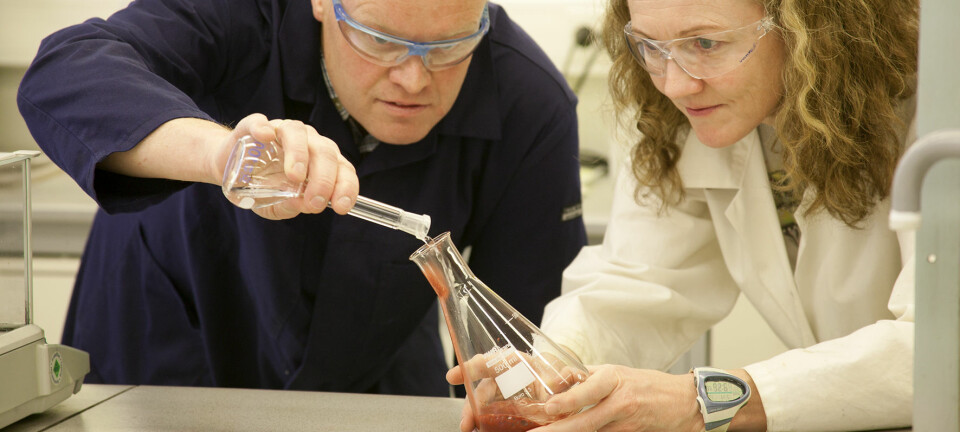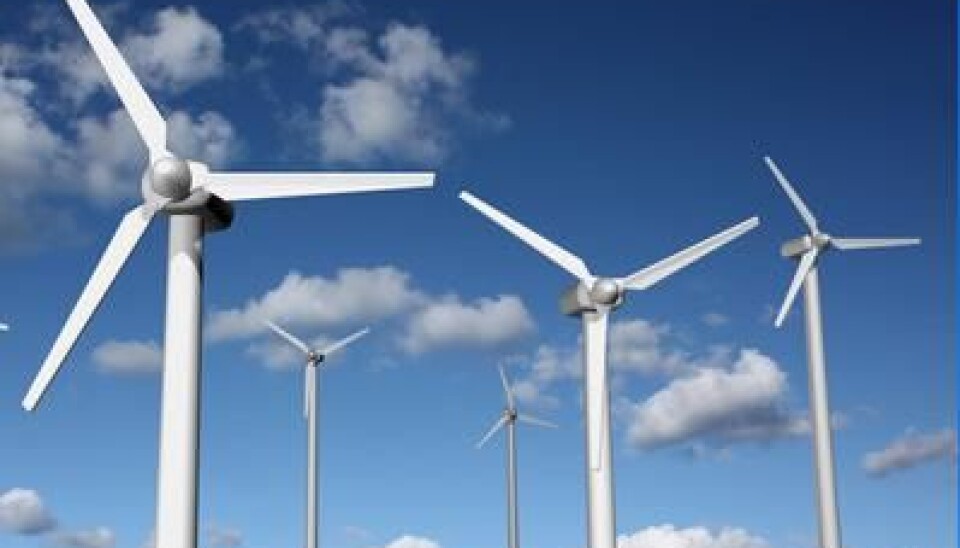
Norway funds four green longshots
Giant batteries for storing renewable energy and solar cells that can use more of the light spectrum are among the winning projects that have been awarded additional funding from the Research Council of Norway.
Denne artikkelen er over ti år gammel og kan inneholde utdatert informasjon.
Four pioneering research projects for green energy are splitting a kitty of NOK 35 million [$6 million] from the Research Council of Norway (RCN).
The Research Council decided it wanted to promote creative and novel projects above and beyond its existing environmentally friendly energy programme, ENERGIX, so it created an extra funding mechanism called New Energy Concepts.
Pioneer work
Twelve of 49 project ideas made it to the finals and were support from an international jury of experts in Oslo at the end of August. Four concepts made it all the way to the top.
“This is an exciting initiative, with a higher risk of failure than in most of the research projects we would normally support,” says Fridtjof Unander, executive director of RCN’s Division for Energy, Resources and the Environment.
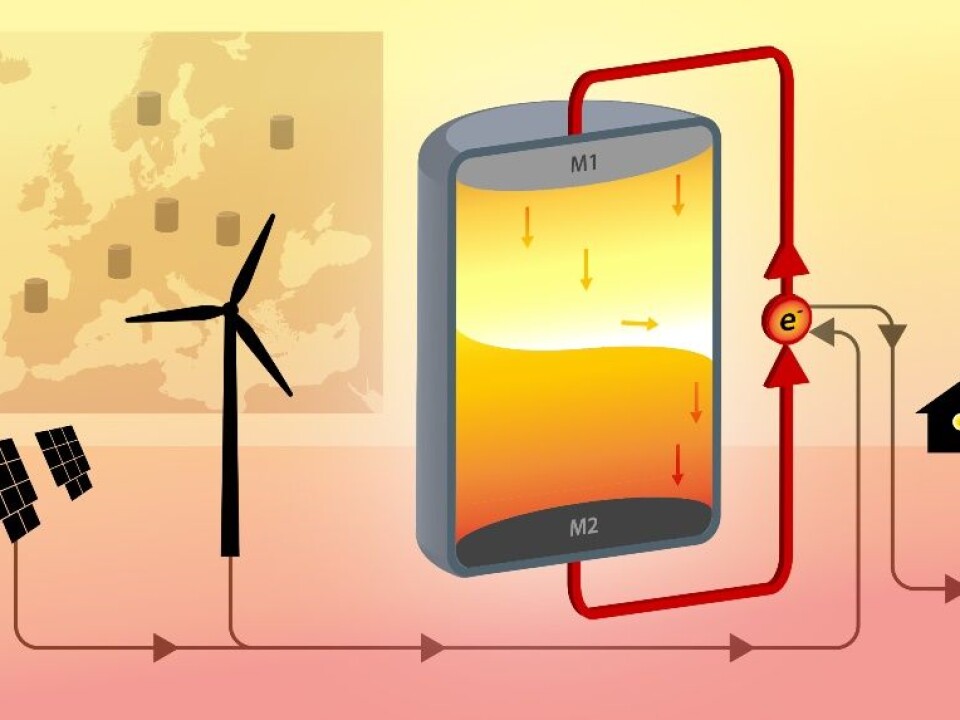
Unander says despite the risks, the concepts could address vital challenges the international community faces in developing and implementing environmental technology.
Here are the four ideas:
1. A giant battery based on liquid metal
The independent research organisation Sintef won support for its project called “Membrane-free liquid metal batteries for grid scale energy storage”.
Sintef envisages the construction of batteries that are large enough to store energy from renewable sources, so that the energy will be available when needed later.

“This could raise the value of wind and solar power magnificently, and remove the need for back-up power from fossil fuels,” said the researchers when presenting their idea to the international jury.
Traditional batteries are costly and complicated, in part because they require an electrolyte membrane to separate the anode from the cathode, which prevents short circuiting. This membrane is often expensive and complicated to manufacture and hampers the flow of electricity through the battery.
Gravity would replace the membrane in the new liquid metal battery: a lighter metal would float atop a denser one. A layer of liquid salt would separate the two metals.
One problem with renewable energy is that there has been no way of storing excess power from the wind or the sun so that it can be used when the wind is calm or the sun is behind clouds or below the horizon.
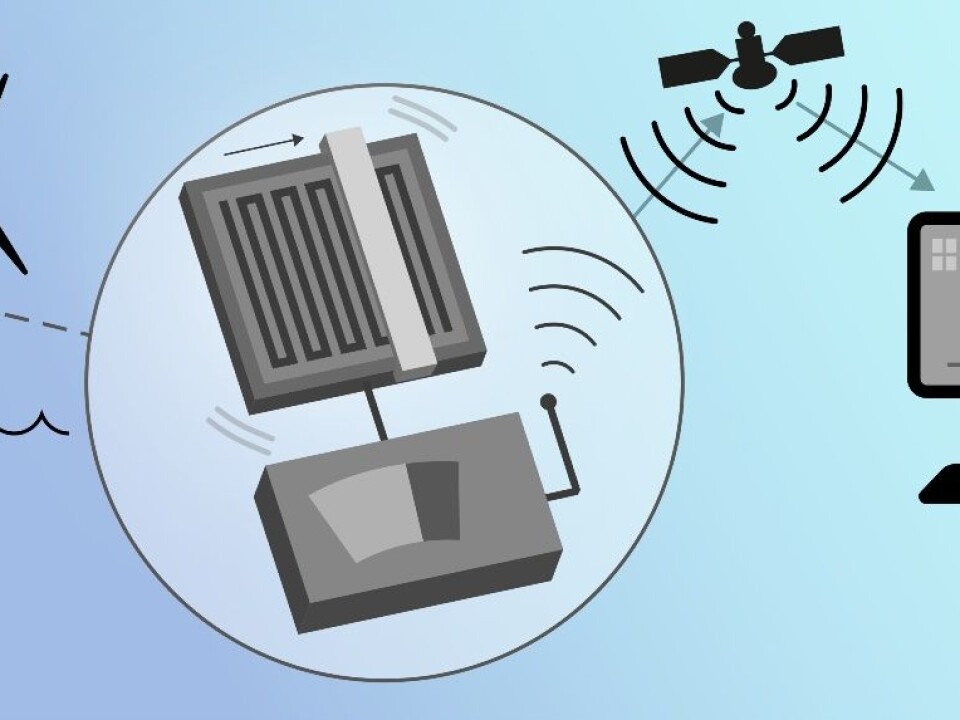
“If we can overcome this, we could fundamentally change the way Europe tackles its energy situation,” says RCN Communications Adviser Kristoffer Robin Haug.
“These batteries can be as big as buildings and store electricity for the power grid,” explains Haug.
2. Solar cells that use more light
Researchers at Sintef Materials and Chemistry proosed developing a new and more efficient type of solar cell based on silicon carbide.
Anyone who has seen a prism or a rainbow knows that white sunlight consists of all the colours of the spectrum. Common solar cells convert electricity from just one of the colours in the spectrum. Silicon carbide absorbs the energy of three colours. Solar energy panels using silicon carbide would thus be able to absorb more energy from solar light.
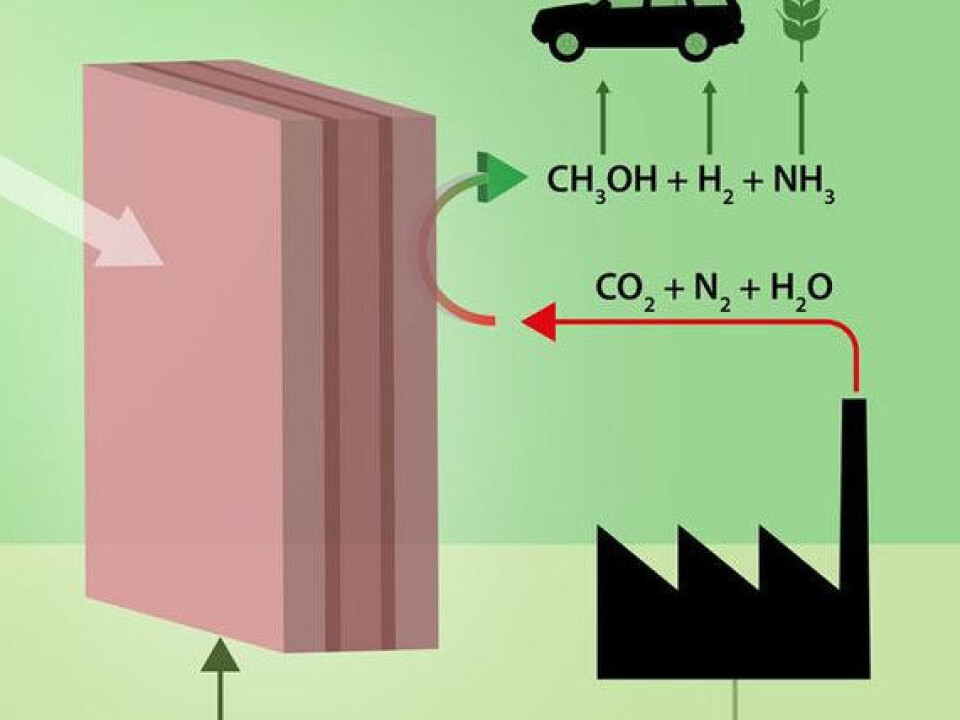
Until recently, nobody has been able to create correctly configurated silicon carbide crystals for use in solar cells. Scientists have now broken that barrier and researchers are working together to put the material to good use.
“If they succeed they can revolutionize the solar cell market with a solar cell made from a moderately priced material,” says Haug.
3. Micro-sized power plants
Power plants don’t always need to be huge installations. Researchers at Vestfold University College have been awarded support to develop tiny power plants that can be placed on other installations and create energy from vibrations.
This type of micro-power plant can be an aid to larger renewable power projects, such as offshore wind farms.
It's costly to send personnel to fix installations such as offshore wind farm when something goes awry. Micro-power plants built into these kinds of installations can run remote sensors that monitor their function and detect prospective problems before they occur.
This will cut costs and help ensure steady, longer-lasting operations, thus making renewable installations more profitable.
4. Human-made photosynthesis
The University of Oslo has been awarded support to develop a method of recreating photosynthesis in a synthetic form to produce fuel, fertiliser and useful chemicals.
Photosynthesis is the process plants use to turn solar energy and carbon dioxide into sugar and oxygen.
The Oslo scientists plan to take surplus power from renewable energy sources and solar energy to produce chemicals from the nitrogen and carbon dioxide in the air.
---------------------------------
Read the Norwegian version of this article at forskning.no
Translated by: Glenn Ostling







